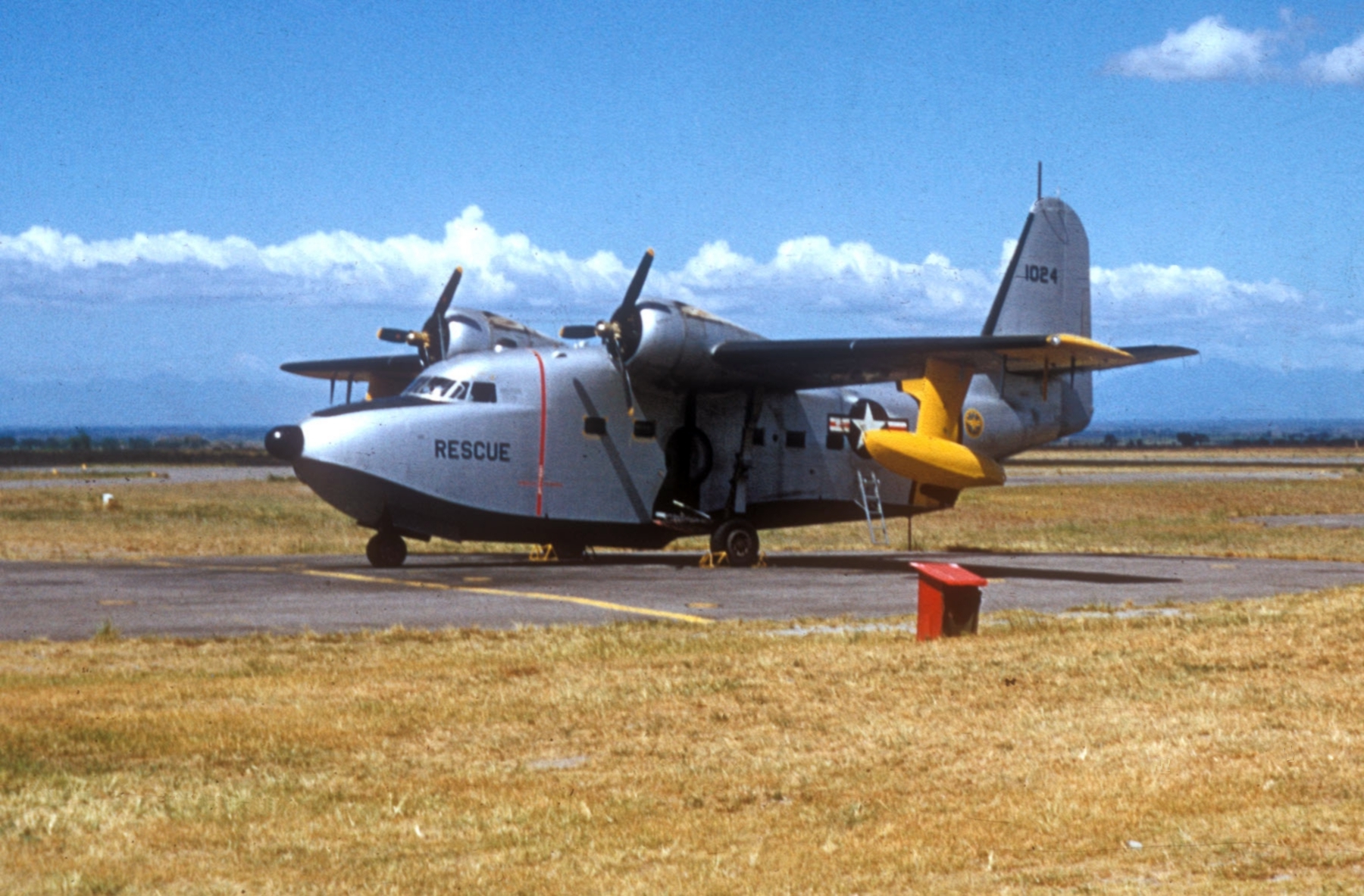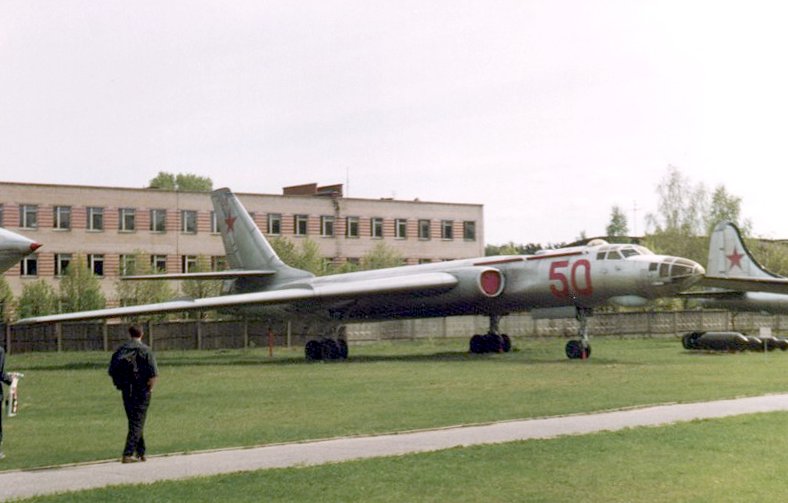|
Wama Airfield
Leo Wattimena Airport, formerly known as Pitu Airport is a public airport located on the southern coast of Morotai Island, North Maluku, Indonesia. History World War II Morotai island was the final island invasion in Netherlands New Guinea before the liberation of the Philippines. The island was recaptured on 15 September 1944 during the Battle of Morotai by the 31st Infantry Division, meeting only light opposition. General MacArthur and Rear Admiral Barbey landed on the day of the invasion to make an inspection. At the time, the island had only five hundred Japanese defenders. After the landings, Navy Seabees constructed two airfields on the island, Wama and Pitu. Wama was constructed almost along the shoreline and was used as a fighter airfield. It was abandoned after the war. Pitu was built as a bomber airfield to the north inland, and is currently used as a commercial airport. After the war, the island was one of the largest Fifth Air Force The Fifth Air Force ... [...More Info...] [...Related Items...] OR: [Wikipedia] [Google] [Baidu] |
310th Air Division
The 310th Air Division is an inactive United States Air Force organization. Its last assignment was with Continental Air Command's Twelfth Air Force at Tinker Air Force Base, Oklahoma, where it was inactivated on 27 June 1949. The division was first activated as the 310th Bombardment Wing in New Guinea during World War II. It served as a task force headquarters, commanding advanced elements of Fifth Air Force during the New Guinea campaign and the liberation of the Philippines. After VJ Day, it moved to Japan, serving in the occupation forces until inactivating in March 1946. The wing was again activated in the reserves in 1947, becoming a division the following year. History World War II During World War II, the 310 Bombardment Wing, Medium was a command echelon of Fifth Air Force in the Southwest Pacific theater, controlling numerous fighter and bomber groups and squadrons until the Japanese surrender in 1945. Its attached units "flew missions against Japanese shipping, ... [...More Info...] [...Related Items...] OR: [Wikipedia] [Google] [Baidu] |
Mikoyan-Gurevich MiG-17
The Mikoyan-Gurevich MiG-17 (; NATO reporting name: Fresco) is a high-subsonic fighter aircraft produced in the Soviet Union from 1952 and was operated by air forces internationally. The MiG-17 was license-built in China as the Shenyang J-5 and Poland as the PZL-Mielec Lim-6. The MiG-17 is still being used by the North Korean air force in the present day and has seen combat in the Middle East and Asia. The MiG-17 was an advanced modification of the Mikoyan-Gurevich MiG-15, MiG-15 aircraft produced by the Soviet Union during the Korean War. Production of the MiG-17 was too late for use in that conflict and was first used in the Second Taiwan Strait Crisis in 1958. While the MiG-17 was designed to shoot down slower American bombers, it showed surprising success when used by North Vietnamese pilots to combat American fighters and fighter-bombers during the Vietnam War, nearly a decade after its initial design. This was due to the MiG-17 being more agile and maneuverable than the Am ... [...More Info...] [...Related Items...] OR: [Wikipedia] [Google] [Baidu] |
Fairey Gannet
The Fairey Gannet is a carrier-borne aircraft that was designed and produced by the British aircraft manufacturer the Fairey Aviation Company. It was developed for the Royal Navy, being the first fixed-wing aircraft to combine both the search and strike portions of anti-submarine warfare (ASW) operations to be operated by the Fleet Air Arm (FAA). The Gannet was originally developed to meet a Second World War era requirement for a dual-role ASW and strike to equip the FAA.Taylor 1974, pp. 356–357. It was a mid-wing monoplane with a tricycle undercarriage and a crew of three, with a double turboprop engine driving two counter-rotating propellers. On 19 September 1949, the prototype Gannet performed its maiden flight. Four years later, it was brought into regular service with the FAA. The service would use the type from the majority of its aircraft carriers throughout the Cold War. Various export customers were also secured for the Gannet, including the Royal Australian Navy, ... [...More Info...] [...Related Items...] OR: [Wikipedia] [Google] [Baidu] |
Western New Guinea
Western New Guinea, also known as Papua, Indonesian New Guinea, and Indonesian Papua, is the western half of the island of New Guinea, formerly Dutch and granted to Indonesia in 1962. Given the island is alternatively named Papua, the region is also called West Papua (). It is one of the seven geographical units of Indonesia in ISO 3166-2:ID. Lying to the west of Papua New Guinea and geographically a part of the Australian continent, the territory is almost entirely in the Southern Hemisphere and includes the Biak and Raja Ampat archipelagoes. The region is predominantly covered with rainforest where traditional peoples live, including the Dani of the Baliem Valley. A large proportion of the population live in or near coastal areas. The largest city is Jayapura. The island of New Guinea has been populated for tens of thousands of years. European traders began frequenting the region around the late 16th century due to spice trade. In the end, the Dutch Empire emerged ... [...More Info...] [...Related Items...] OR: [Wikipedia] [Google] [Baidu] |
Amahai Airport
Amahai Airport is an airport in Amahai, Indonesia. Amahai is located on the south coast of the island of Seram Seram (formerly spelled Ceram; also Seran or Serang) is the largest and main island of Maluku province of Indonesia, despite Ambon Island's historical importance. It is located just north of the smaller Ambon Island and a few other adjacent i ..., near the city of Masohi, and on the east side of the Elpaputih Bay. Airlines and destinations As of 2024, only pioneer airline SAM Air operates 2 flights from this airport. References Airports in Maluku {{Indonesia-airport-stub ... [...More Info...] [...Related Items...] OR: [Wikipedia] [Google] [Baidu] |
Pattimura International Airport
Pattimura Airport , formerly known as Laha Airport, is a domestic airport serving Ambon, Maluku, Ambon, the capital and largest city of Maluku (province), Maluku Province, Indonesia. Located 38 kilometers (23.6 miles) west of Ambon’s city center, the airport is named after Pattimura, Thomas Matulessy, an National Hero of Indonesia, Indonesian national hero from Maluku who is more widely known as Pattimura. He led the resistance against Dutch colonial forces in the 19th century. Pattimura Airport serves as the primary gateway to Ambon and the Maluku Islands, offering regular flights to major Indonesian cities such as Jakarta, Surabaya, and Makassar, as well as regional destinations within Maluku. The airport previously operated international flights to Darwin, Northern Territory, Darwin, Australia, but these were discontinued, and its international status was officially revoked in 2024. In addition to its role as a commercial airport, Pattimura Airport also hosts Pattimura Air F ... [...More Info...] [...Related Items...] OR: [Wikipedia] [Google] [Baidu] |
Mil Mi-4
The Mil Mi-4 (USAF/DoD reporting name "Type 36", NATO reporting name "Hound")'' Jane's all the World's Aircraft 1963-1964'', p. 303 is a Soviet transport helicopter that served in both military and civilian roles. Design and development The Mi-4 was designed in response to the American H-19 Chickasaw and the deployment of U.S. helicopters during the Korean War. While the Mi-4 strongly resembles the H-19 Chickasaw in general layout, including the innovative engine position in front of the cockpit, it is a larger helicopter, able to lift more weight and built in larger numbers. The first model entered service in 1953. The helicopter was first displayed to the outside world in 1952 at the Soviet Aviation Day in Tushino Airfield. Operational history The Mi-4 transport helicopter laid the groundwork of Soviet Army Aviation. It was widely used both in the armed forces and in Soviet civil aviation, and for several decades remained the main type of helicopter in the inventory of the ... [...More Info...] [...Related Items...] OR: [Wikipedia] [Google] [Baidu] |
Grumman HU-16 Albatross
The Grumman HU-16 Albatross is a large, twin-radial engined amphibious flying boat that was used by the United States Air Force (USAF), the U.S. Navy (USN), the U.S. Coast Guard (USCG), and the Royal Canadian Air Force primarily as a search and rescue (SAR) aircraft. Originally designated as the SA-16 for the USAF and the JR2F-1 and UF-1 for the USN and USCG, it was redesignated as the HU-16 in 1962. Design and development An improvement of the design of the Grumman Mallard, the Albatross was developed to land in open-ocean situations to accomplish rescues. Its deep-V hull cross-section and keel length enable it to land in the open sea. The Albatross was designed for optimal seas, and could land in more severe conditions, but required JATO (jet-assisted takeoff, or simply booster rockets) for takeoff in seas or greater. The Albatross initially carried an APS-31A radar in a pod on the left wing. However, the position meant the fuselage blocked the ability of the radar to searc ... [...More Info...] [...Related Items...] OR: [Wikipedia] [Google] [Baidu] |
Ilyushin Il-28
The Ilyushin Il-28 (; NATO reporting name: Beagle) is a jet bomber of the immediate postwar period that was originally manufactured for the Soviet Air Forces. It was the Soviet Union's first such aircraft to enter large-scale production. It was also licence-built in China as the Harbin H-5. Total production in the USSR was 6,316 aircraft, and over 319 H-5s were built. Only 187 examples of the HJ-5 training variant were manufactured. The only H-5s in service currently are approximately 80 aircraft which operate with the Korean People's Air Force. The Il-28 has the USAF/DoD reporting name "Type 27"Parsch, Andreas and Aleksey V. Martynov"Designations of Soviet and Russian Military Aircraft and Missiles." ''designation-systems.net,'' 2008. Retrieved: 22 August 2011. and NATO reporting name "Beagle", while the Il-28U trainer variant has the USAF/DoD reporting name "Type 30" and NATO reporting name Mascot.Gunston 1995, pp. XXX–XXXI. Design and development After a number of attemp ... [...More Info...] [...Related Items...] OR: [Wikipedia] [Google] [Baidu] |
Tupolev Tu-16
The Tupolev Tu-16 (USAF/DOD reporting name Type 39; NATO reporting name: Badger) is a twin-engined jet strategic heavy bomber used by the Soviet Union. It has been flown for almost 70 years. While many aircraft in Soviet service were retired after the Cold War ended, the Chinese license-built version Xian H-6 remains in service with the People's Liberation Army Air Force, with the most modern variant, the H-6K, still being actively produced . Development In the late 1940s, the Soviet Union was strongly committed to matching the United States in strategic bombing capability. The Soviets' only long-range bomber at the time was Tupolev's Tu-4 "Bull", a reverse-engineered copy of the American B-29 Superfortress. The development of the notably powerful Mikulin AM-3 turbojet led to the possibility of a large, jet-powered bomber. The Tupolev design bureau began work on the Tu-88 ("Aircraft N") prototypes in 1950. The Tu-88 first flew on 27 April 1952. After winning a competition ... [...More Info...] [...Related Items...] OR: [Wikipedia] [Google] [Baidu] |
Operation Trikora
Operation Trikora () was a combined Soviet– Indonesian military operation which aimed to seize and annex the Dutch overseas territory of New Guinea in 1961 and 1962. After negotiations, the Netherlands signed the New York Agreement with Indonesia on 15 August 1962, relinquishing control of Western New Guinea to the United Nations. Background When the rest of the Dutch East Indies became fully independent as Indonesia in December 1949, the Dutch retained sovereignty over the western part of the island of New Guinea during the Dutch–Indonesian Round Table Conference with the method of transfer to be discussed over the next 12 months. Instead, the Dutch wanted to retain Dutch New Guinea. Right-wing politicians wanted that the "Dutch flag remain planted in at least one portion of the former colony" and cited the presence of oil around Sorong. Only when it was certain that the Dutch couldn't keep the territory from Indonesia that they wanted to take steps to prepare it for ... [...More Info...] [...Related Items...] OR: [Wikipedia] [Google] [Baidu] |





